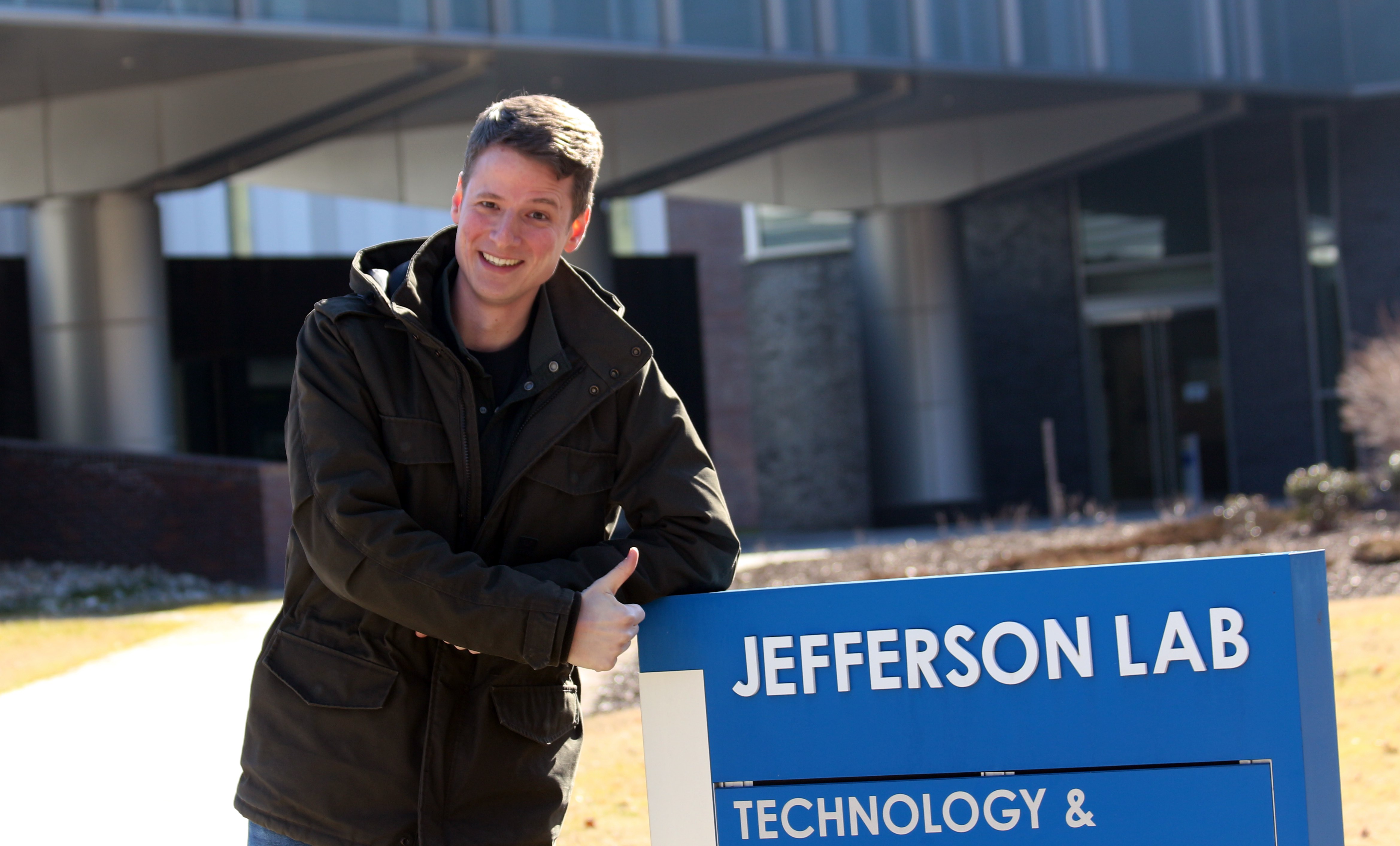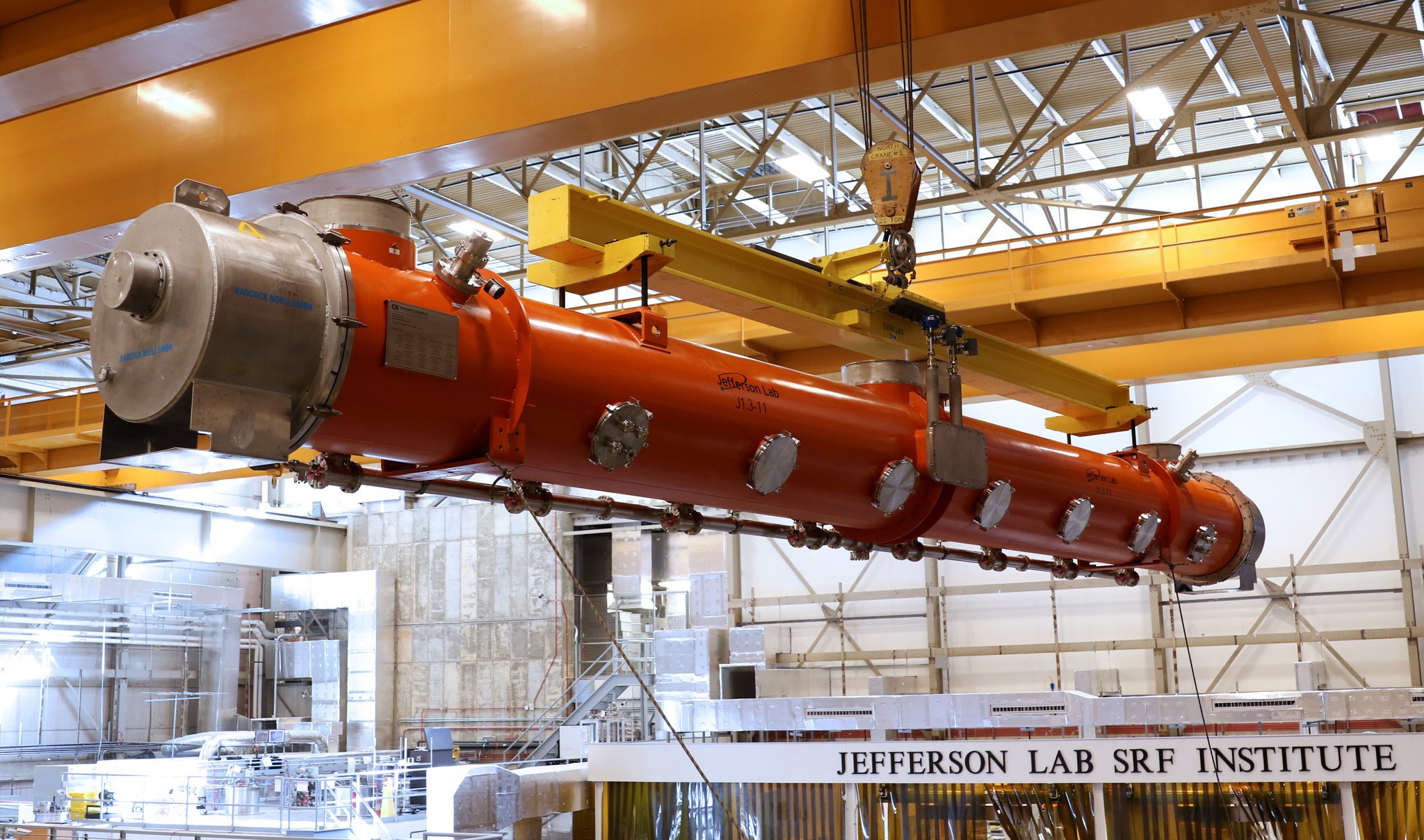Since it first went online more than 30 years ago, the Vertical Test Area at the U.S. Department of Energy’s Thomas Jefferson National Accelerator Facility has gotten used to superlatives. One of the biggest testbeds of its kind. The busiest. The most versatile.Now, the Vertical Test Area that was created to help build Jefferson Lab’s main particle accelerator has hit another milestone: In 2022, it conducted a mind-boggling 470 different superconducting radiofrequency accelerator cavity tests. In the rarified world of accelerators, that’s an Olympic-level achievement.
Tag: SRF

Research Fellow Turns to Accelerator Power for Wastewater Cleanup
In honor of Hermann Grunder, the founding director of Jefferson Lab, and his contributions to accelerator science, the lab recently established the Hermann Grunder Postdoctoral Fellowship in Accelerator Science. Now, the first Hermann Grunder fellow, John Vennekate, has started work. He said he hopes to follow in the footsteps of his fellowship’s namesake to continue blazing a new trail for practical applications of superconducting accelerators.

Accelerator Makes Cross-Country Trek to Enable Laser Upgrade
Today, the U.S. Department of Energy’s Thomas Jefferson National Accelerator Facility has shipped the final new section of accelerator that it has built for an upgrade of the Linac Coherent Light Source (LCLS). The section of accelerator, called a cryomodule, has begun a cross-country road trip to DOE’s SLAC National Accelerator Laboratory, where it will be installed in LCLS-II, the world’s brightest X-ray laser.